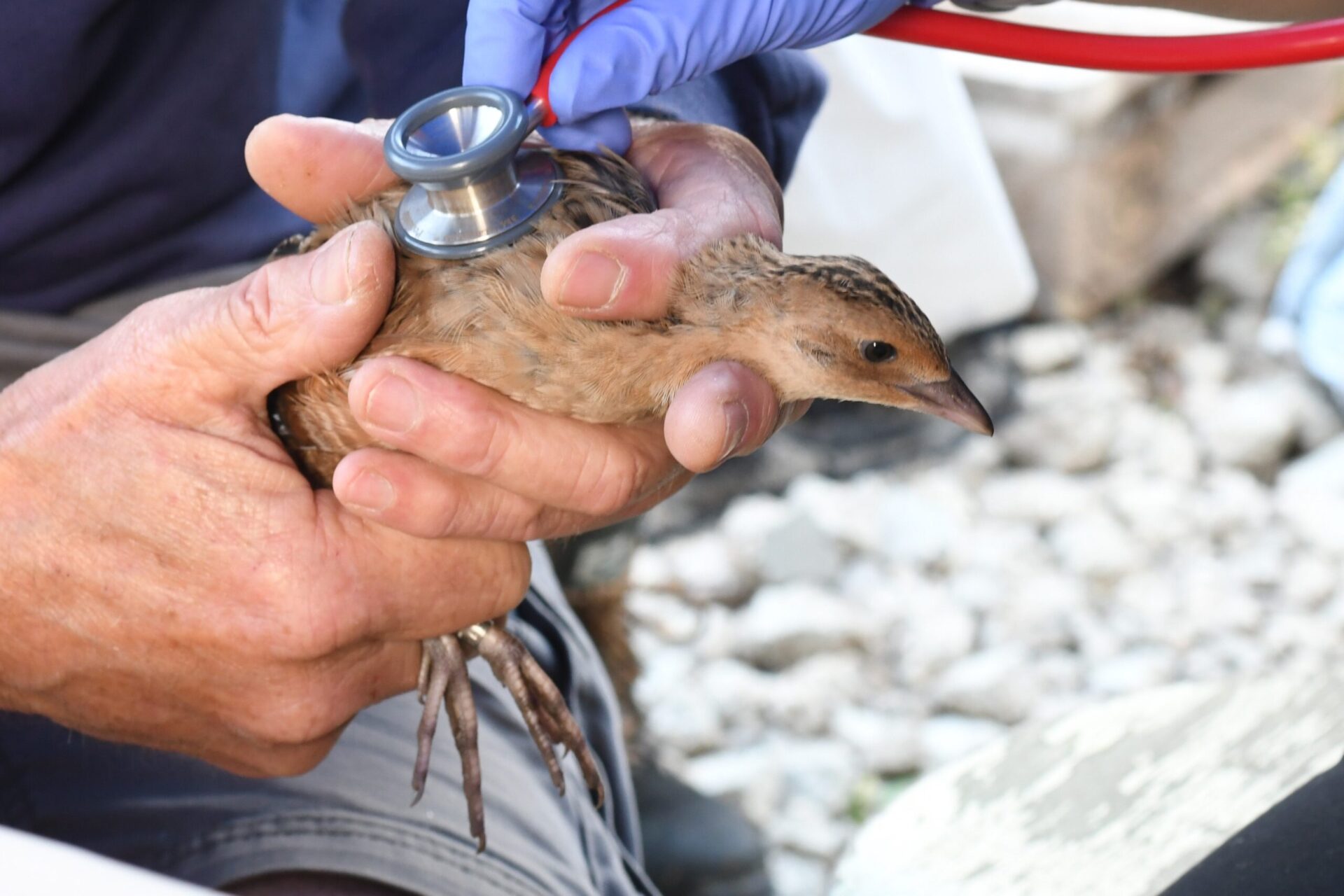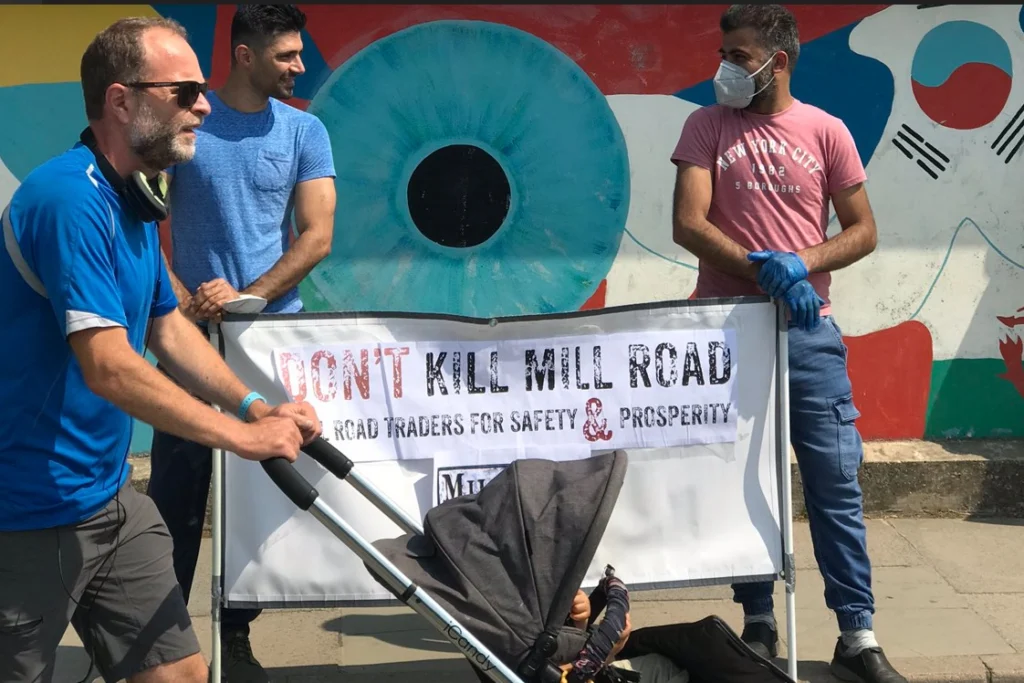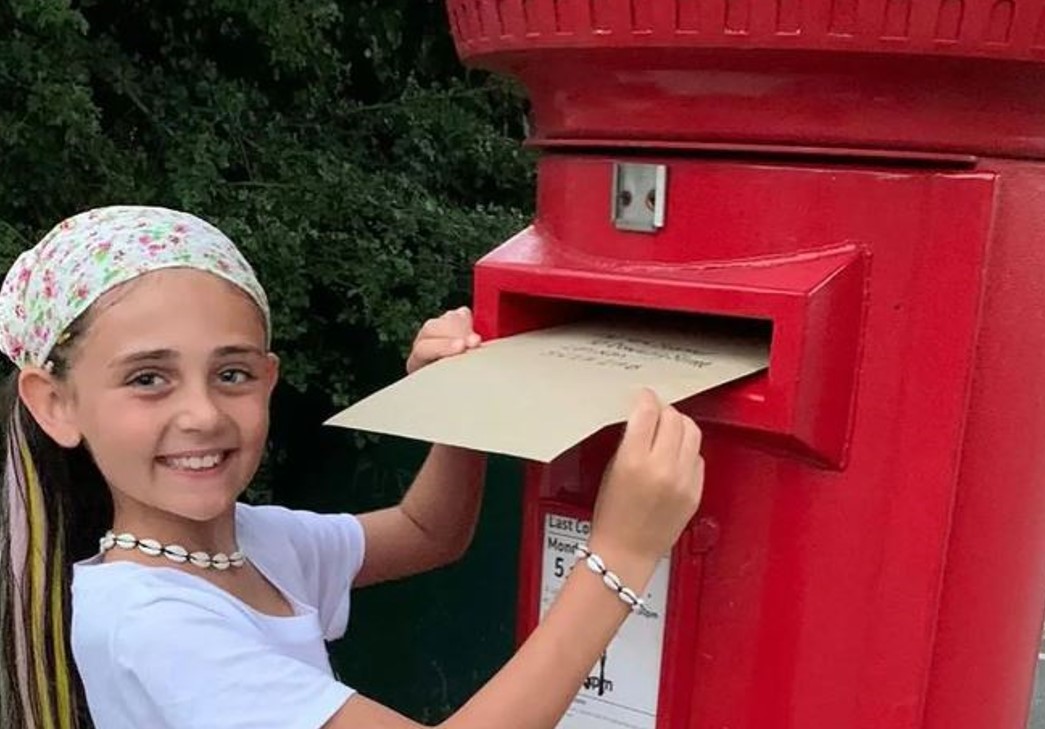The number of calling corncrakes at WWT Welney on the Cambridgeshire/Norfolk border has tripled in just three years after the wetland centre was selected as a new release site for a reintroduction scheme. The corncrake is a small bird previously found across much of the UK, now lost virtually everywhere but the western islands of Scotland.
In 2021 WWT, the wetland restoration charity, was invited to host a new release site at WWT Welney as part of a reintroduction project that also involves Pensthorpe Conservation Trust, Natural England, Zoological Society of London, and the RSPB.
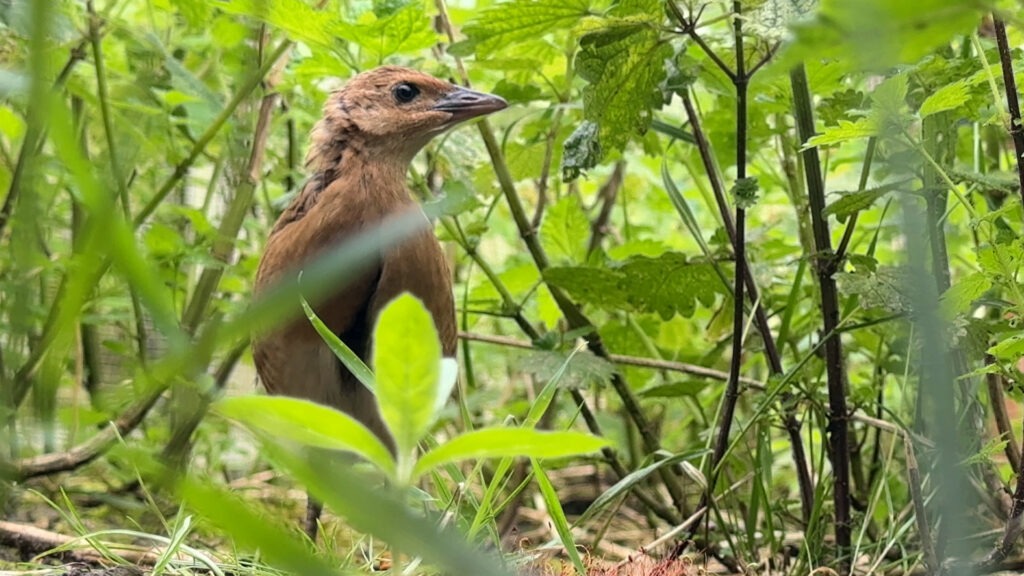
Describing the importance of the project Conservation Breeding and Monitoring Officer Emilie Fox-Teece said: “Having gone more or less extinct from England in the 1960s it’s amazing to hear corncrakes back on the Ouse Washes where they belong.
“Corncrakes rely on wet grassland to breed and raise their young, and this project is the perfect example of how using head starting and habitat management together can restore lost wonders to our wetlands.”
In three years, the numbers of male corncrakes recorded calling on the site has increased from just three males in 2021 to at least nine in 2024 with a similar number of female birds likely to also be present.
This means that these birds have survived in the wild, completed their epic migration to sub-Saharan Africa and back, before returning to the exact site where they were first released.
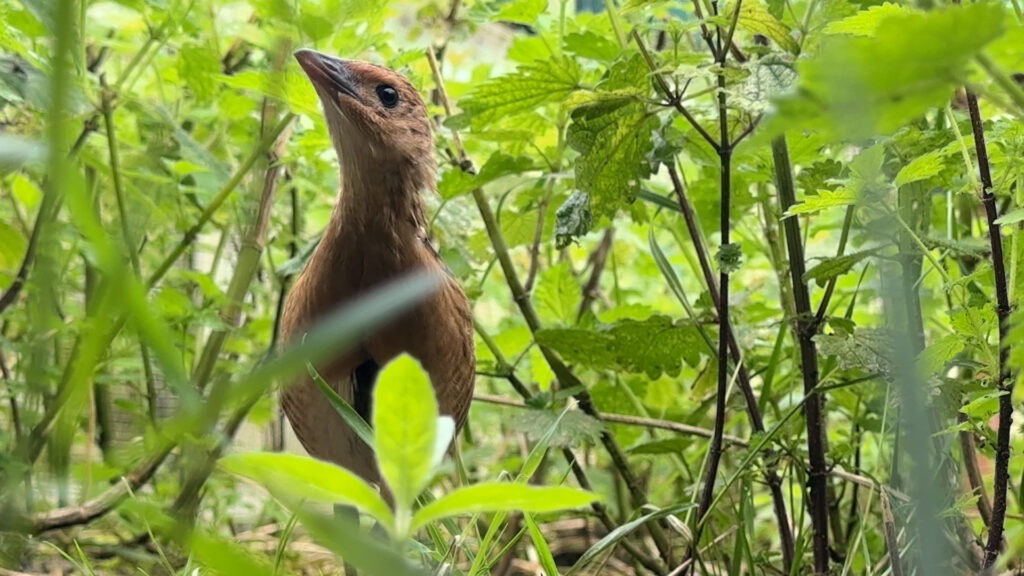
Since 2021 WWT has released 300 birds into the wild to boost the population, and while absolute numbers recorded returning remain relatively low they are on the rise, and a population of 30-50 pairs would be likely to sustain itself.
If numbers continue to rise through reintroduction it is possible corncrakes could begin to repopulate the area themselves, assuming the wet grassland habitats they rely on as breeding grounds are properly managed.
A mixture of changes in agricultural practices and wetland loss since the mid-20th Century are the most likely culprits in their catastrophic decline.
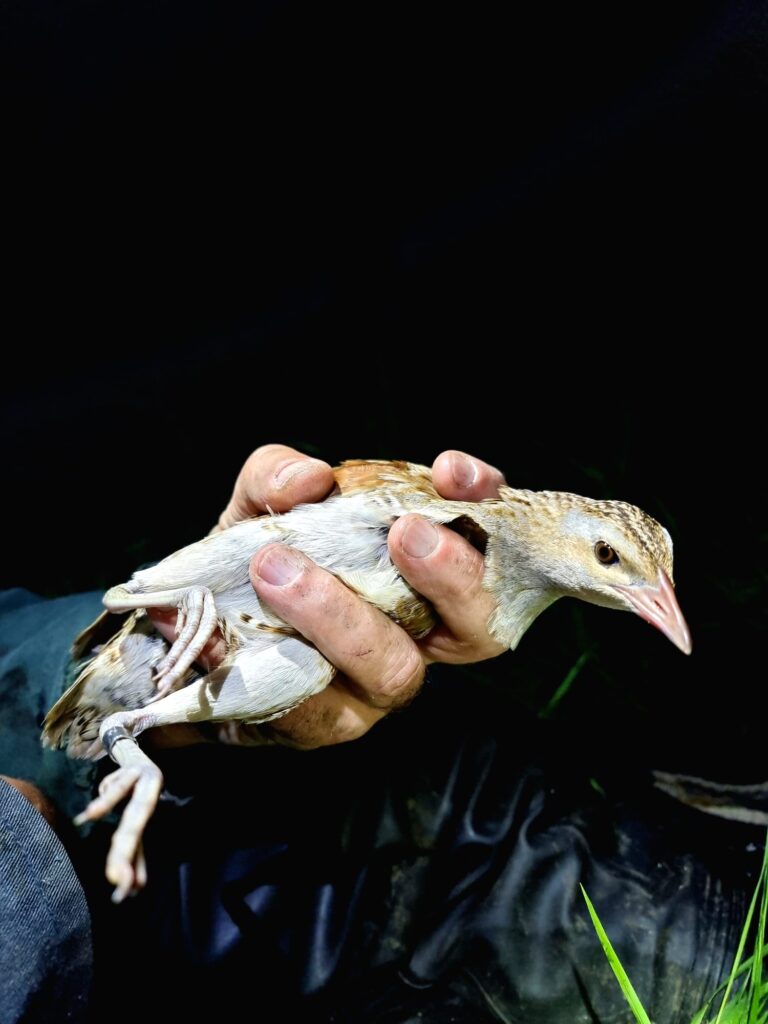
Despite being tiny birds with limited flight, they migrate all the way down to the Congo basin every year, only living for an average of two years.
Because of their short life expectancy and the gruelling migration, they undertake each year they have large clutches of chicks (up to eight eggs per clutch) and males are known to mate with multiple females each season.
WWT Welney
Corncrakes are one of a number of rare and threatened ground-nesting bird species that choose to breed at WWT Welney each spring.
Threats to the few wetland habitats that remain, including unseasonal or deep flooding, are the reason why wetland creation is needed to build back a resilient landscape for vulnerable species.
WWT Welney is open to visitors 363 days of the year, with great accessibility features and a team who are providing inspiring opportunities for visitors every season.
Open daily 9am – 4pm, with late evening openings on Thursdays and special events on selected dates to enjoy the early morning or evening wildlife experiences.


